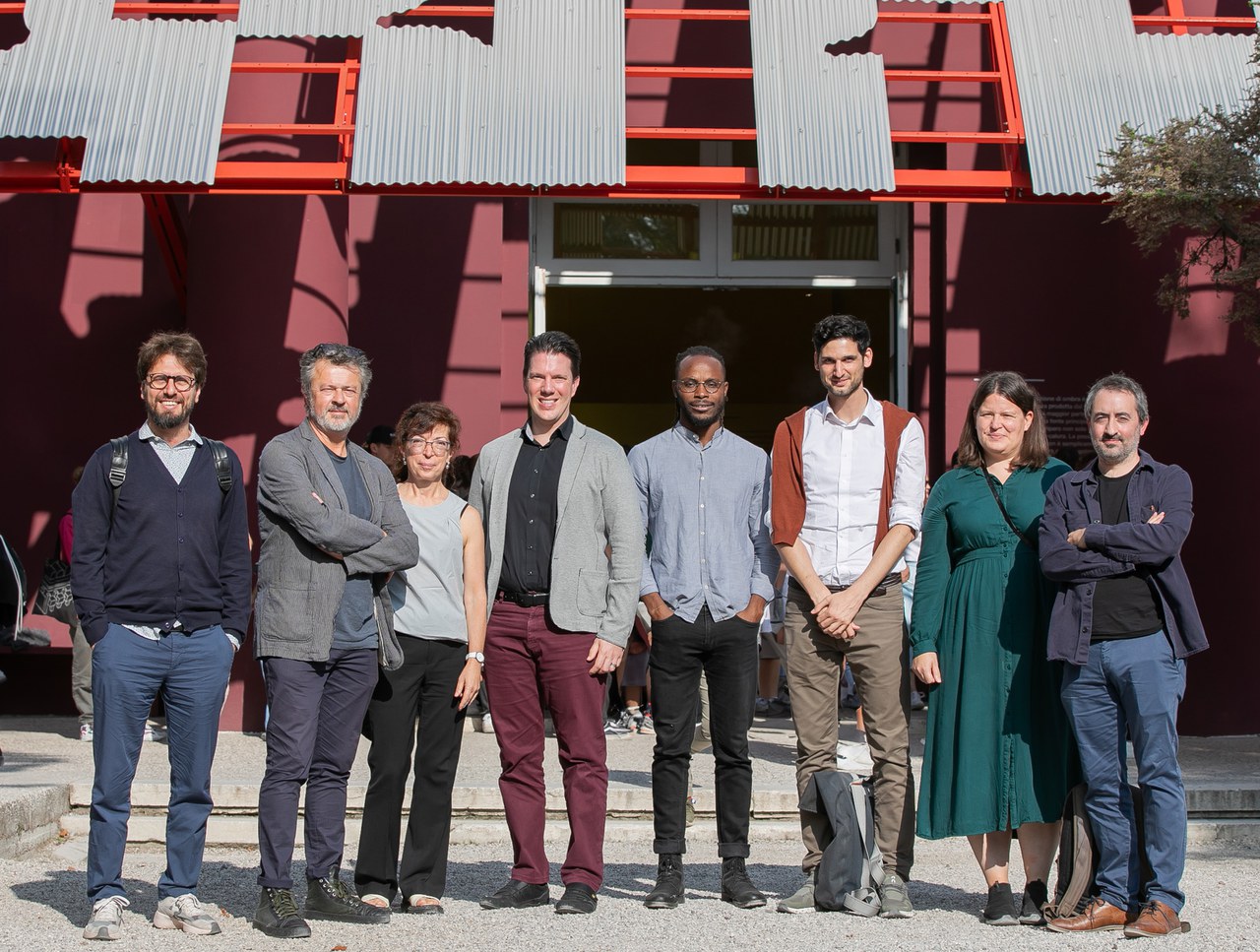«There is no such thing as ‹gone›. When we throw something away, it has to go somewhere» said US critic Annie Leonard, who is best known for her online documentary «The Story of Stuff» about the life cycle of goods and services. Mikel Martinez and Katrin Milanzi, together with Gabriela Dimitrova, have explored precisely this «path» - as well as the path of electronic waste – and presented the results of their work around the former Agbogbloshie rubbish dump in the capital Accra in Ghana as part of this year's International Architecture Biennale in the Venetian Palazzo Trevisan degli Ulivi.
In the run-up to the EWASTE events curated by Alberto Alessi, research questions and data collection were addressed through various activities at the University of Liechtenstein. It turned out to be difficult to trace the links between Liechtenstein and Ghana, but the effects are visible on both sides. In Ghana, e-waste causes disease and poverty, but as well provides a livelihood for many people through the recovery of valuable materials. In Liechtenstein, on the other hand, these valuable materials have to be procured anew.
Panel discussions, round-table talks and public lectures provided impetus for more cooperation between Liechtenstein and Ghana, between companies, universities and in politics. The invisible relationships between Liechtenstein and Ghana were presented in two ways – physically and virtually. Both levels were connected with the help of tablets and could be used interactively by the guests of the Biennale. Various statistics and topics on Liechtenstein and Ghana were called up as Desi-Rot. Visitors moved through the exhibition space and called up information on current data and possible developments.
Mikel Martinez: In the usual context, we associate rubbish with worthless objects and items that are no longer used. However, this is a completely wrong perspective if we consider the material value - especially that of electronic waste - and thus develop an eye for the hidden value in the objects. Thinking this way, we are throwing away considerable sums of money simply because we consider electronic devices to be outdated, out of fashion or because we prefer to buy new ones quickly rather than repair them. Even severely damaged devices can still be used as spare parts, after which they still have a certain value and turn out to be hidden treasures.
Gabriela Dimitrova: Seeing waste as a burden is primarily related to its processing and (final) storage and how it is handled. When waste disappears from our field of vision, it doesn't vanish into thin air. On the contrary, it entails a much bigger rat's tail than we think. [...] At the University of Liechtenstein, we have been working intensively on the topic of waste (especially construction waste) for several years.
Katrin Milanzi: In Europe, each person produces 16.2 kg of e-waste per year - that's over 53 million tonnes (according to Eurostat, when it comes to total e-waste production per capita, Liechtenstein ranked first in Europe in 2020 with 18.3 kg/capita). If the trend continues, we will have 78 million tonnes of e-waste worldwide by 2030. The majority of us are probably unaware that this waste is shipped almost halfway around the globe and ends up in the Agbobloshie landfill in Accra (Ghana) in order to circumvent the restrictions agreed in the Basel Convention (1989). [...] In addition to the ecological problems, social issues such as child labour should not be forgotten - because even the youngest children were assigned to picking valuable metal parts out of the mountains of rubbish at the landfill site.









